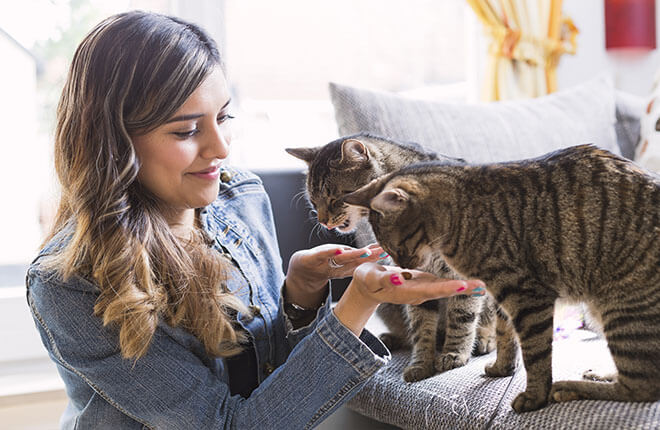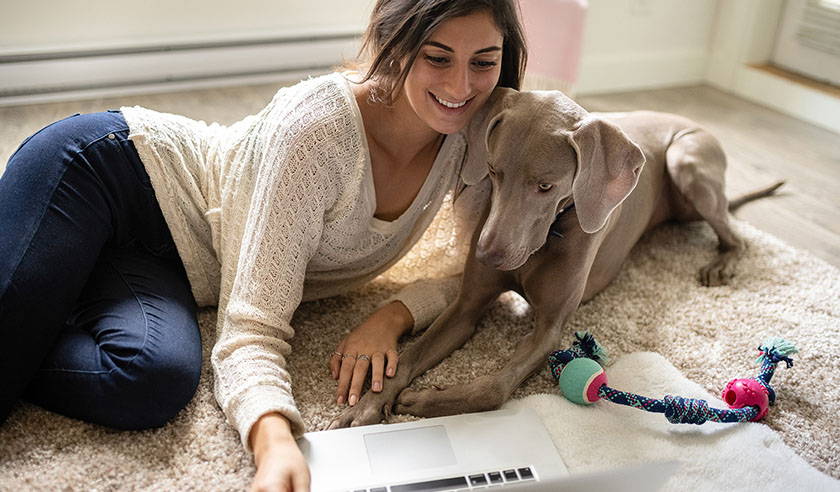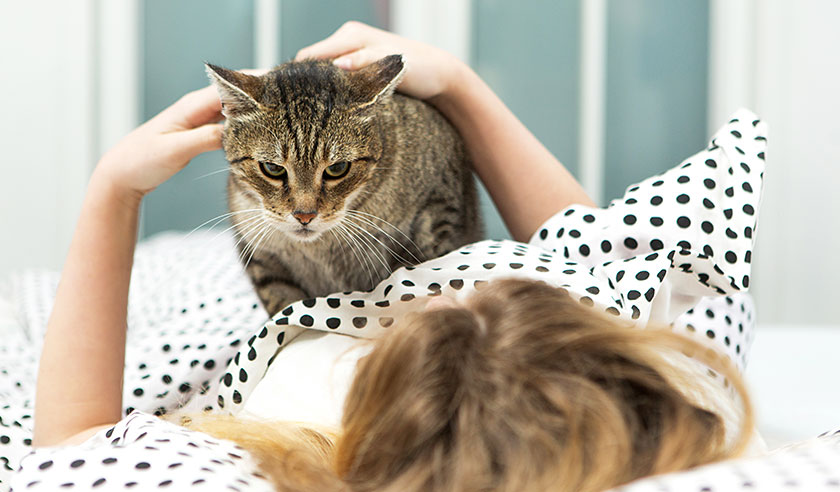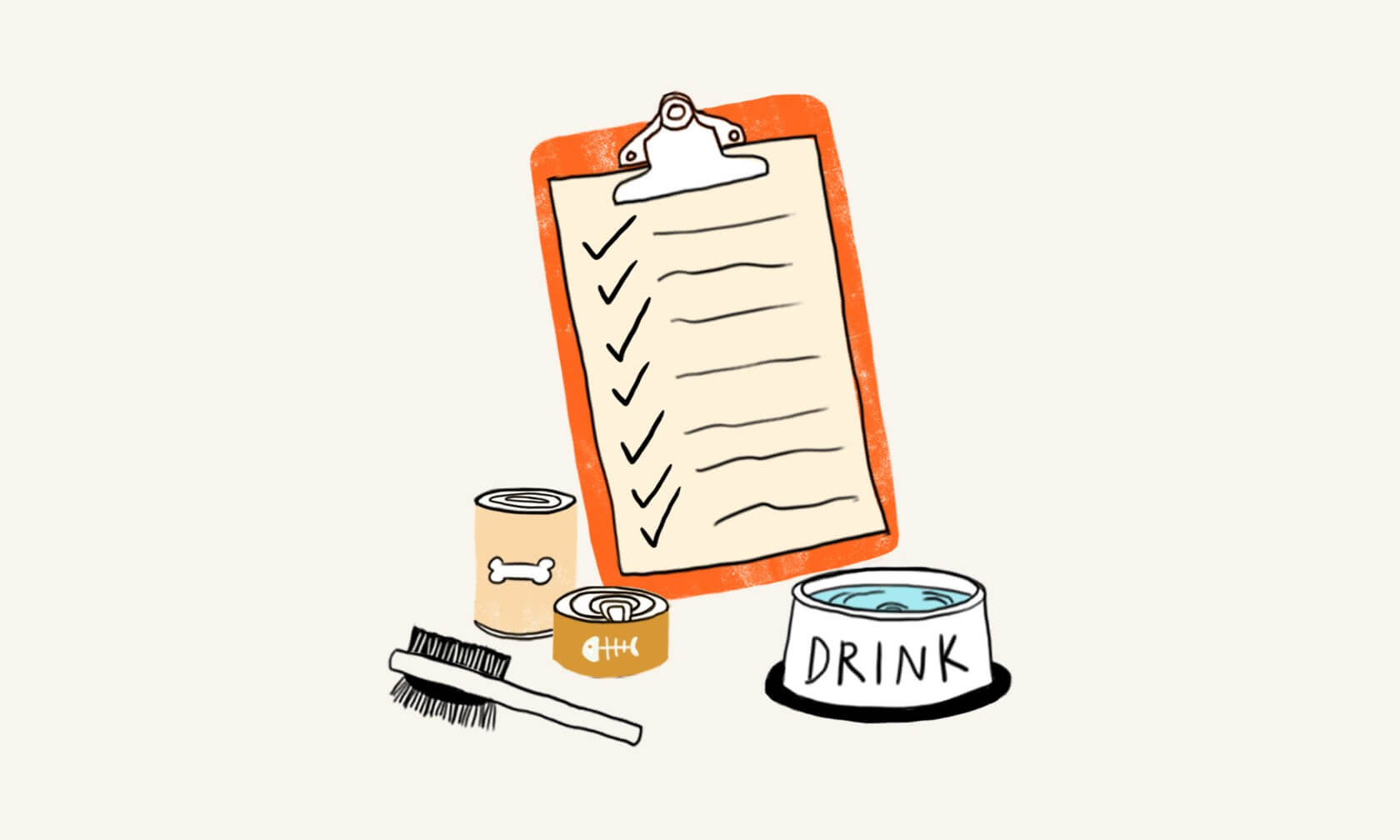Whether you call it a routine, schedule, plan, or just your best attempt at some consistency in your life, it is always helpful when you have pets. It is instinctual for our pets to constantly think about their own needs and how those needs will be met. In our homes, pets have to trust they’ll be given food and water, taken for walks, and be allowed to play. We can ease the potential for anxiety around these necessities by creating a consistent but flexible routine for our pets.
Why a Routine Is Helpful for Pets
It’s no surprise that dogs and cats are different. One thing they share, however, is a positive reaction to a little structure in their days. Developing a schedule for feeding and playtime is often one of the steps recommended by trainers to help pets that have anxiety. Meeting your pet’s basic needs in predictable ways means they’re more likely to relax while you’re not around. For example, dogs are less likely to forage for snacks if they have a predictable meal schedule. With enrichment and exercise schedules, your pet won’t be bored and looking for ways to burn excess energy, which tends to show up as unwanted and destructive behaviors. Knowing what to expect and having a general idea of when to expect it helps give our pets a sense of security.
Routine can also be helpful with some key aspects of training, like crate training and potty training for dogs where a schedule is crucial. And if you’re bringing a new pet into your home, having a routine can be particularly beneficial as they settle in during their adjustment period.
Routines aren’t just helpful for our pets — that sense of consistency makes life easier for pet owners as well. This is especially true if you have children helping with the pet chores. Everyone is more likely to remember to fill the dog’s water bowl if it is done around the same time each day. And it’s less likely you’ll forget to give the cat their medication if it’s part of your morning meal process.
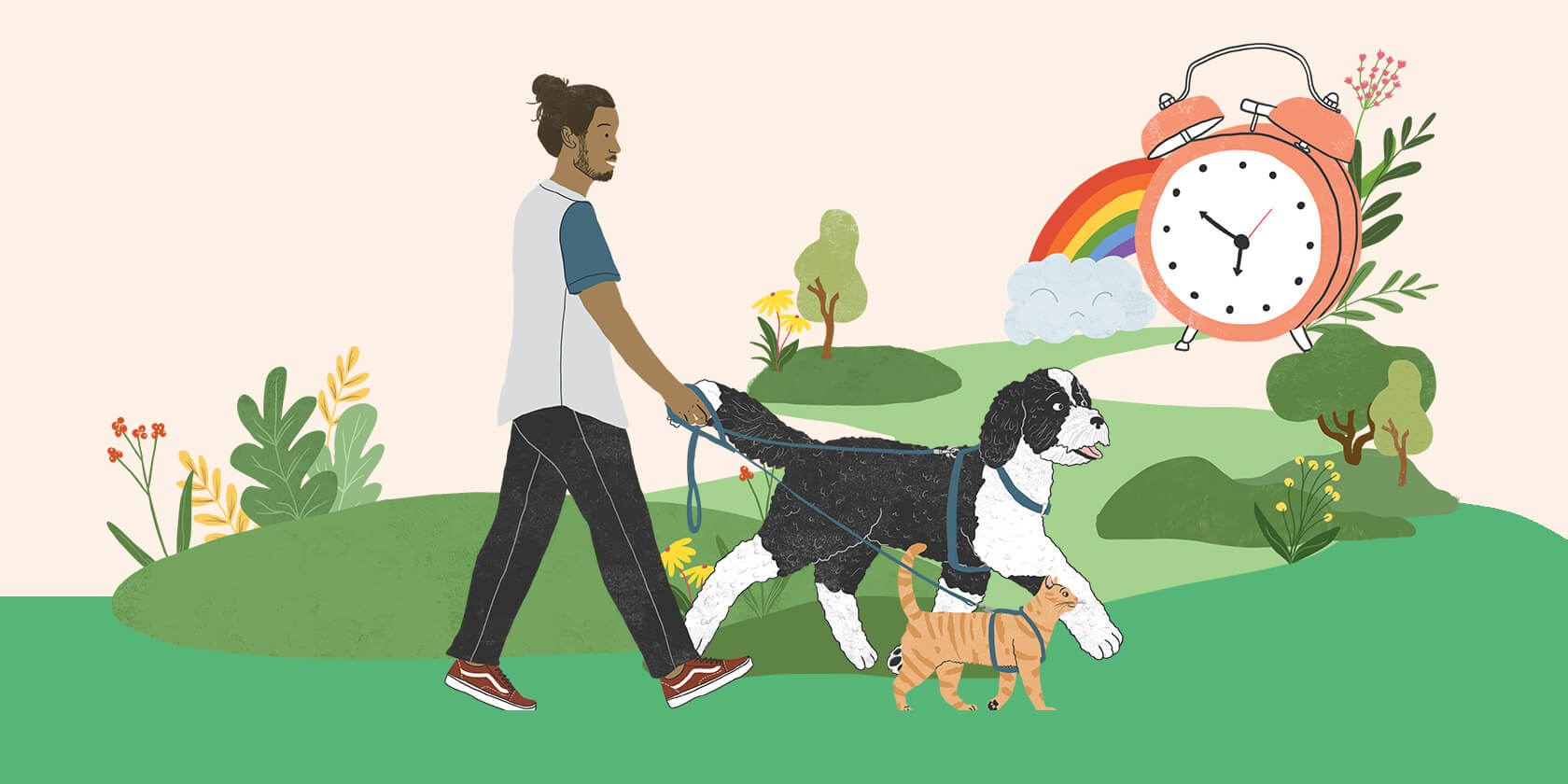
A Bit of Flexibility Is Key
It sounds counter-intuitive that flexibility would be an important part of your pet’s routine, but it is. Overly strict schedules can leave you and your pet in a pool of anxiety when you’re forced to deviate from them. For example, if your dog is always fed at precisely 5 p.m. followed by a potty break at 5:30 p.m., what will you both do if your boss needs you to work late? You might be afraid of a nightmare scenario waiting for you at home.
The thing to remember is that your pet needs the structure and security of knowing their needs will be met. However, there should be enough flexibility in the schedule to keep them from feeling anxious if it varies every now and then.
What to Include in Your Pet’s Routine
When it comes to your pet’s routine, think about the things that mean the most to them. What’s on their mind? Most likely, it’s food, water, exercise, mental stimulation, and you. Those are the important things to work into their routine. Training and behavior work are another important element to consider. Your lifestyle and your pet’s needs may vary. But here are some examples of how your routine might look for your pet.
Sample Daily Routine for Dogs
- Wake up and bathroom break. Give your dog a chance to relieve themselves after holding it through the night.
- Breakfast time. Your dog needs some calories at the start of their day to give them energy to burn. Try an interactive puzzle, snuffle mat, or food-stuffed toy to slow down their eating and keep them occupied.
- Morning walk or play session. After breakfast, they’ll need another bathroom break and exercise. It’s also an excellent opportunity to mix in some training, reserving a bit of their breakfast for training rewards.
- Decompression time. Dogs need downtime too. Set up a cozy dog-proofed area with some favorite toys for appropriate activities while you’re away.
- Midday potty break and walk or play session. Whether you’re home or have a dog walker, a midday potty break and playtime are especially important for puppies and younger dogs. For very young puppies, they might also need their midday meal if they are eating three meals a day.
- Evening walk and dinner. When you return home for the evening, make sure to let your pup outside for a potty break right away and maybe take an evening stroll.
- Evening decompression and pre-bedtime routine. This is a perfect time to give your dog a calming activity that’s also mentally enriching. Work in some quick training exercises, play some indoor fetch, or give them a brushing. This helps burn off any excess energy they might still have and sets them up for a calm bedtime.
- Last potty break and bedtime. Always make sure your dog has a chance to relieve themselves one last time before heading to bed.
Sample Daily Routine for Cats
- Morning play session and feeding. Have a play session with your cat before a meal. Cats are predators. Going through their instinctual “prey sequence” before they eat is important: staring, stalking/chasing, pouncing, and finally, the kill bite. Follow this with a meal, and you’ve initiated another important cat sequence: hunt, eat, groom, sleep.
- Litter box cleaning. Doing this soon after a morning meal is good, especially since you probably have to head out the door for work.
- Midday play break. If you’re lucky enough to be with your cat during the day, a nice afternoon play session is always appreciated. If you’re not home, be sure to provide self-play toys and mental enrichment to occupy your cat while you’re out. If they sleep all day, they’ll be up all night.
- Late afternoon/early evening play session. A fresh prey sequence for your cat in the evening, before a meal, is just what they need. Use your wand toy to mimic birds, snakes, insects, and rodents. Let your cat stare, chase, pounce, and kill bite for 15 to 30 minutes. Maybe even do a little clicker training.
- Early dinner. Many cats do not adhere to a strict 2-meals-a-day schedule, so small, more frequent feedings can be the right approach. After all, in the wild they’d eat tiny, bite-sized meals all day long.
- Litter box cleaning. Cleaning twice a day is one of the best ways to provide a positive litter box experience for your cat. Don’t forget to change out the litter fully at least once a week.
- Later that night. One final prey sequence with your cat, followed by a tasty treat, wears everyone out right before bed and helps ensure a peaceful night’s sleep.
ZPC-01255R1
